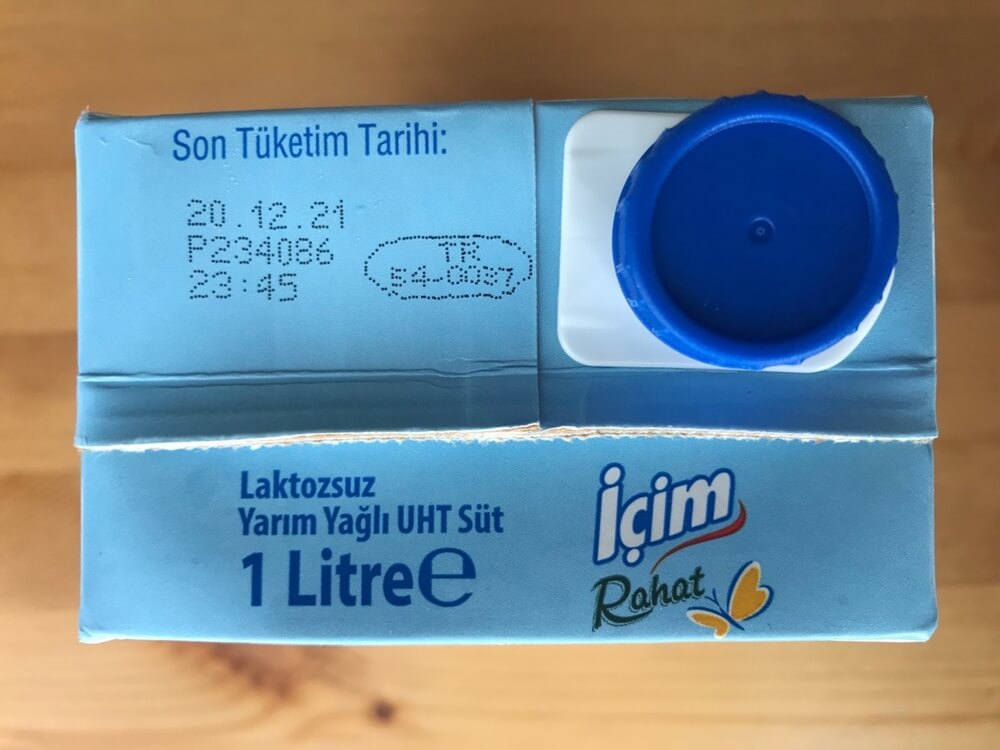Human health is at the beginning of everything. Consumption standards in food products are very important in this context. Within a certain regulation, there is a phrase such as TETT in the packaging of the products. So, what does tett mean? What is the opening? Is there any difference with the last consumption date? All the details in our article.
Contents
What does tett mean?
The TETT expansion in Turkish means “recommended consumption date”. It is applied to the Ministry of Health within the scope of expiration date for each product. However, TETT, unlike this, indicates the date that the product can be consumed even if it maintains its properties even if it exceeds the date.


What does STT or SKT mean?
The last consumption date is also known as the expiry date. It is the date on foods that are easy to deteriorate and can cause threats to human health when not consumed in a short time.


Are there any differences in TETT and SKT?
The recommended consumption date (TETT) states that a product maintains its properties until the last day when stored under suitable conditions. Therefore, the expiration date (SKT) should not be confused.
What happens if TETT passes? Can that product be consumed?
We explained that TETT and SKT terms are different. The recommended consumption date can still be consumed. Only the first day's features of the product begin to differentiate. So there is no harm in consuming. In case, the consumer should check the packaging, smell and taste of the relevant product before consuming the product.
More than 70 %of consumers throw many foods that can be consumed because they don't know the difference between STT and TETT!
What happens if STT (SKT) passes?
As the name of the End of Consumption (STT) suggests, it is the last date to consume a product. After this date, the consumption of the product may cause various diseases. Therefore, even if the appearance, smell and taste may seem normal, no product should be consumed after SKT date. Products such as meat, milk and cheese can be evaluated in this context because it is quick.
| Abbreviation | Definition | Consumption |
| Tett | Recommended consumption date | After this date, there is no harm in consuming by controlling |
| STT / SKT |
End consumption date Expiration date |
not be consumed after this date . |
TETT and SKT Notification Products

We mentioned that there should be TETT or STT dates on the product. In some products, it is not obligatory to make a date notification in terms of features. These products;
- Fake Products (Provided Consumed within 1 Day)
- Sugar (solid)
- Vinegar
- Chewing gum
- Salts suitable for human consumption (iodized salts are outside of them)
- Fruits and vegetables
- Confectionery Products (Aroma and Coloring)
How to Press TETT Codes Product?
TETT what we mean now. Now let's briefly talk about how these codes are printed on the product. TETT codes on the product are printed by inkjet coding machines Food producer companies supply these industrial machines from companies selling inkjet coding systems.
The TETT or STT codes that should be available on the product should be printed by inkjet machines of quality that cannot be deleted as they are very important for human health. At this point, it is important that food manufacturers prefer quality devices in the sector in order to ensure that their products are in accordance with legal regulations.
As Electrojet ; We are the main distributor of Rynantech (Thermal İnkjet), one of the leading companies of the sector, which has a distributor in 65 countries . We offer professional solutions for TETT, STT or all other coding needs.
Contact us to learn the most suitable devices for your business and free .
